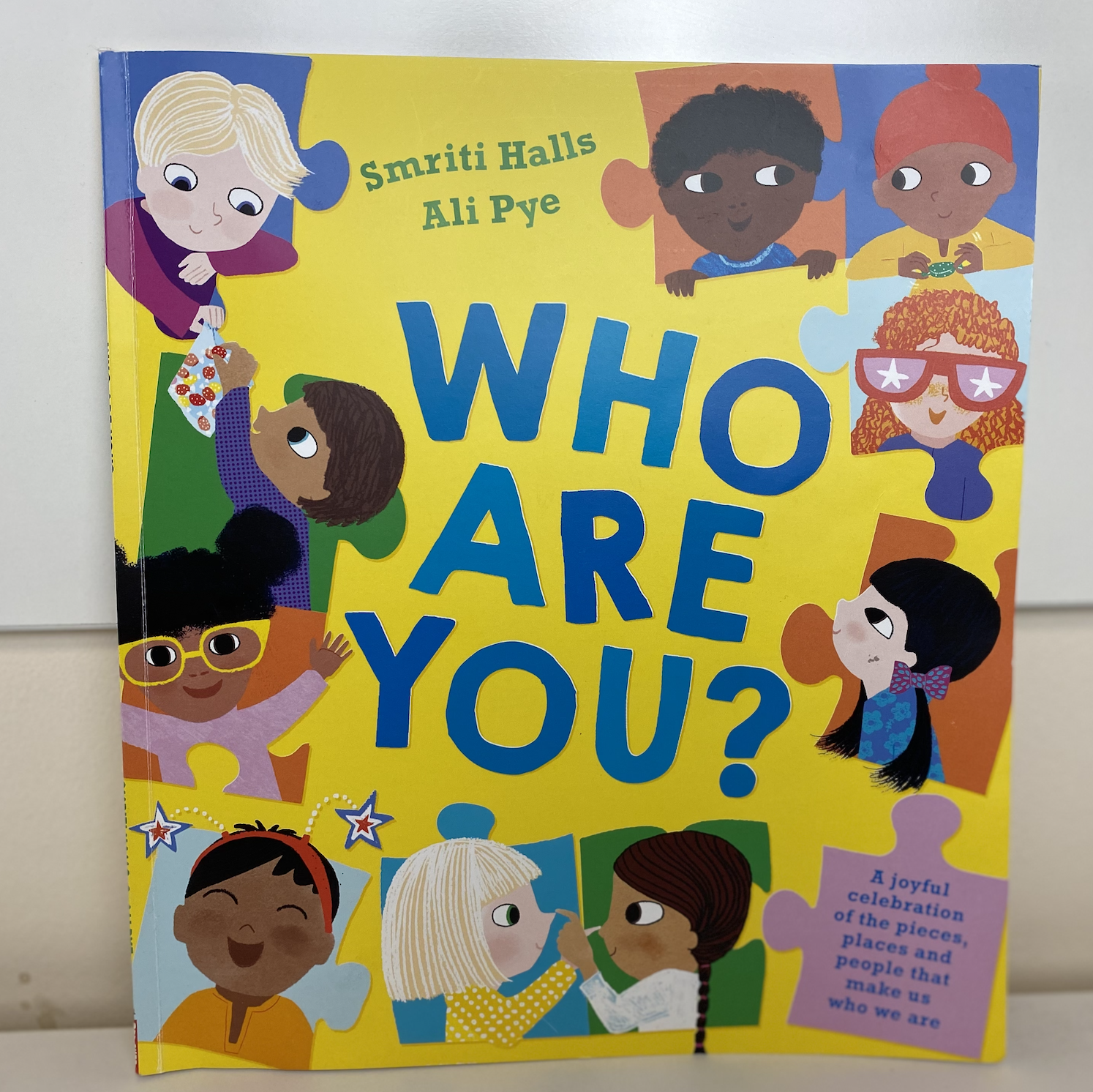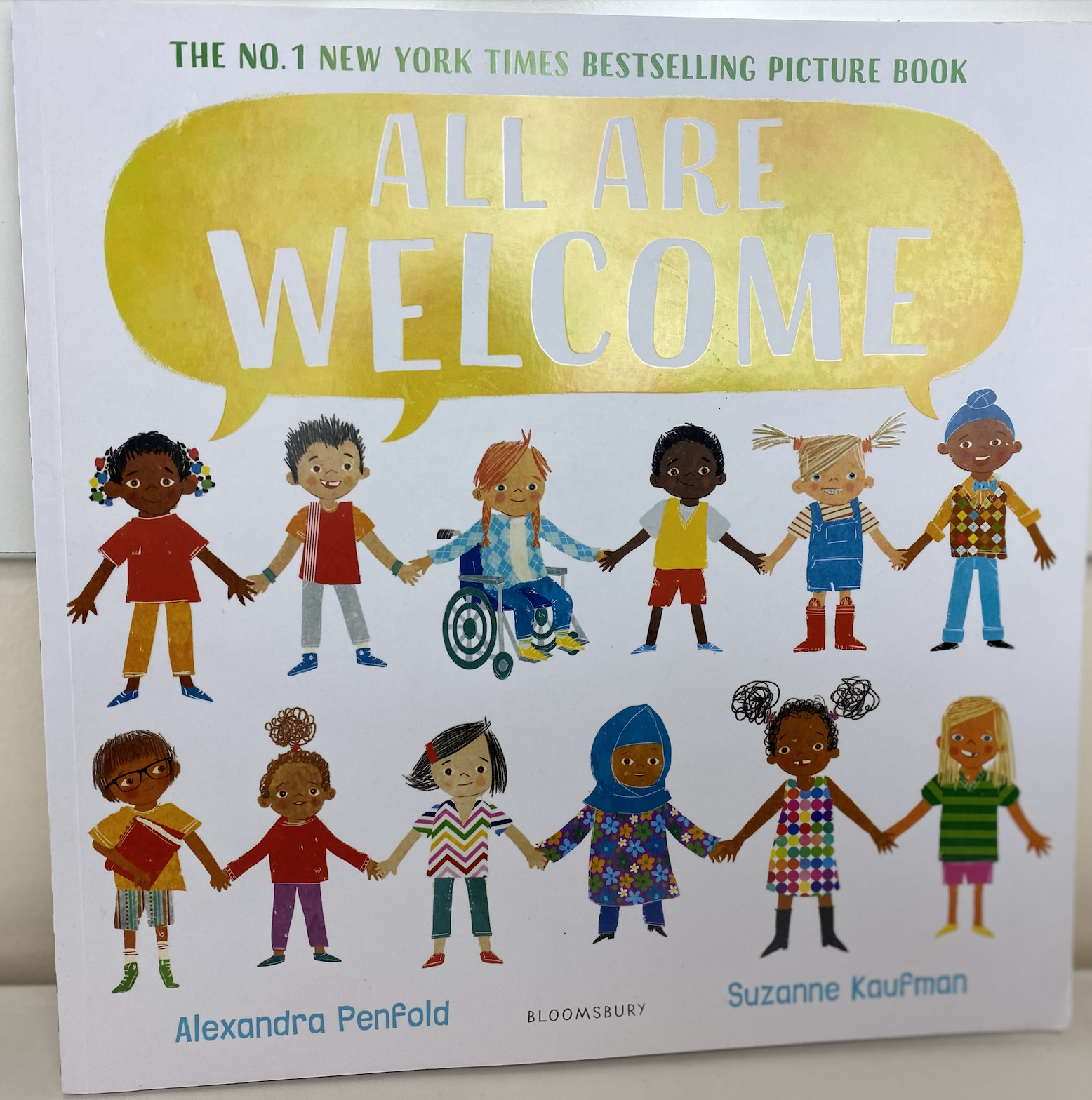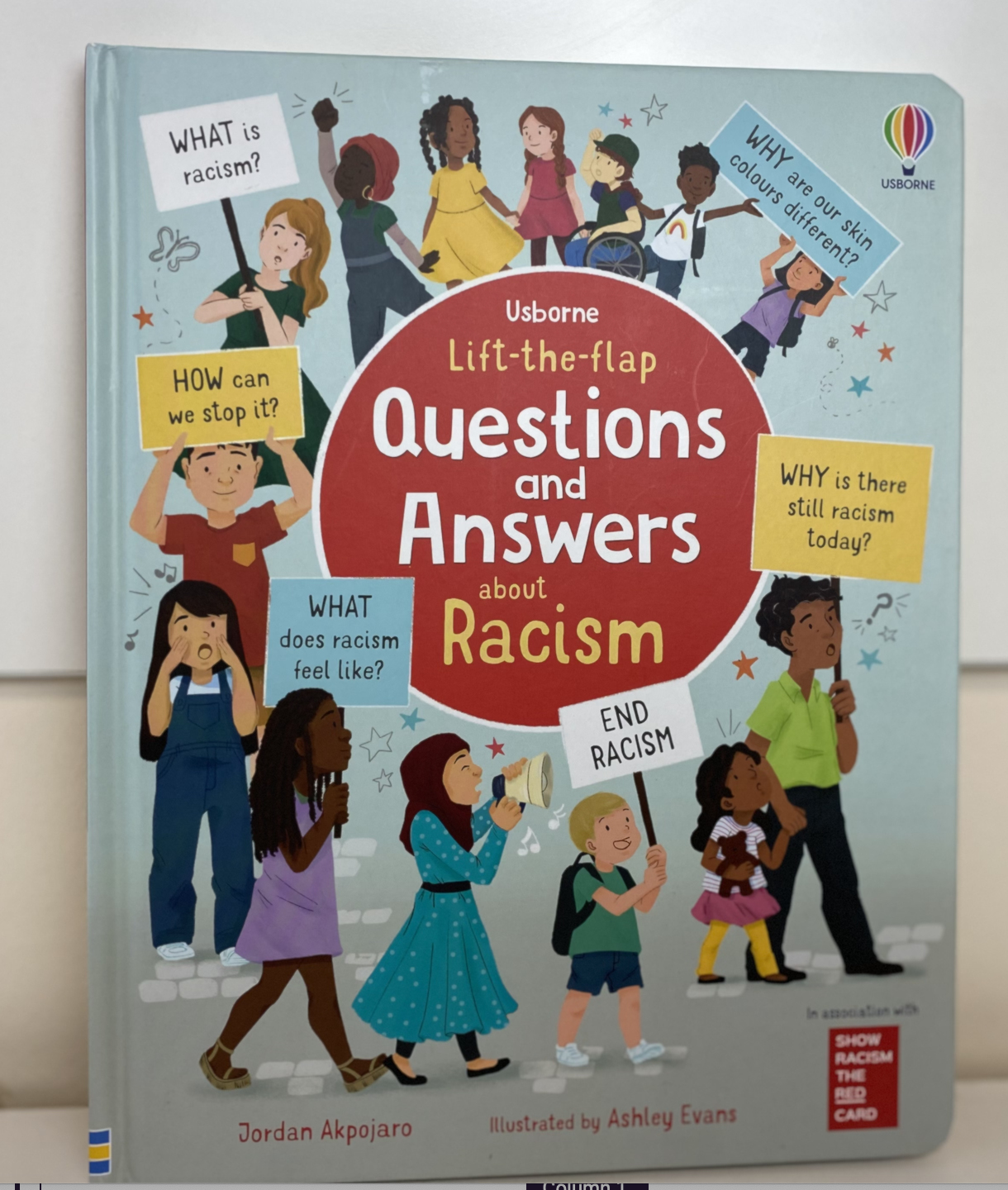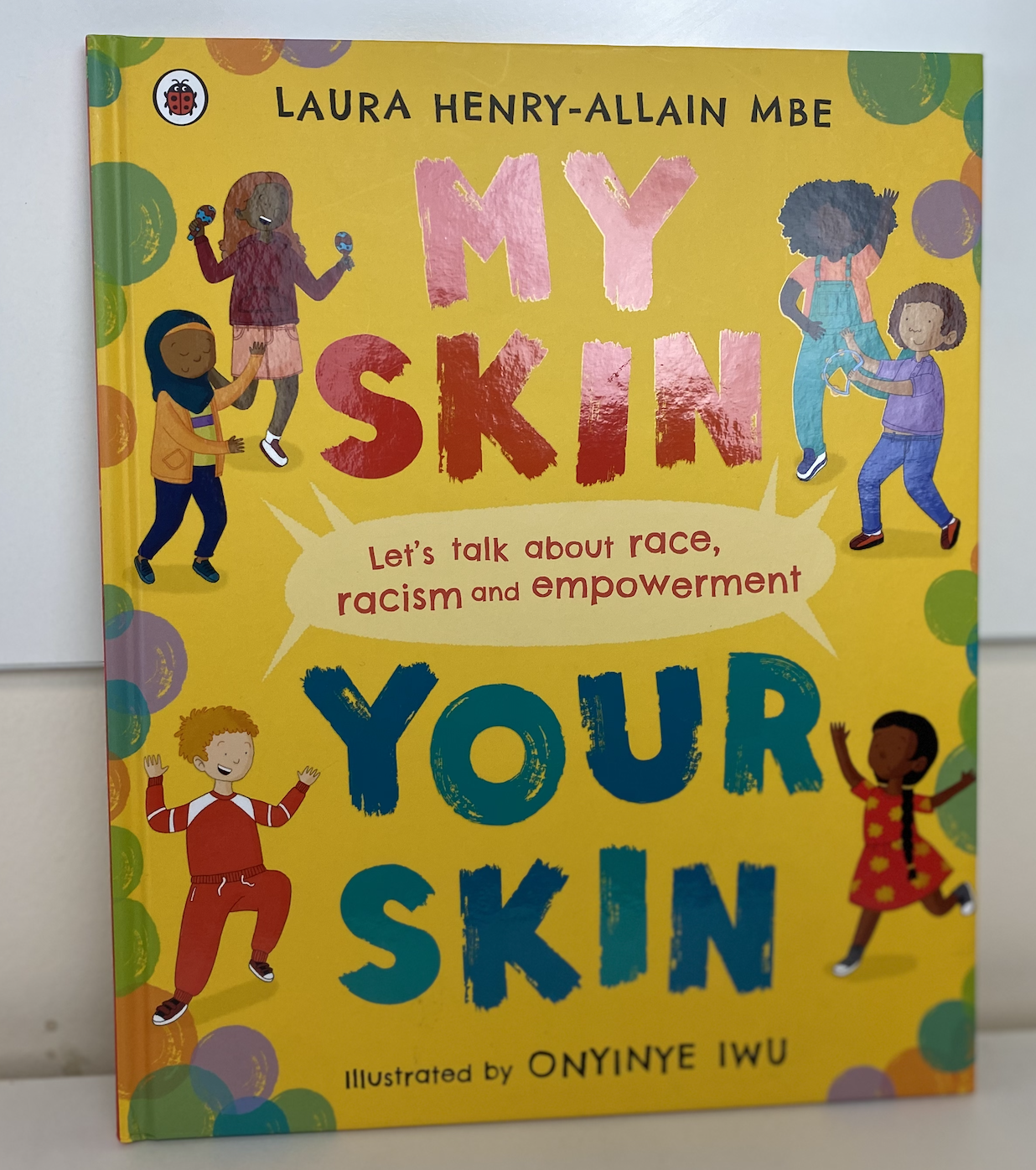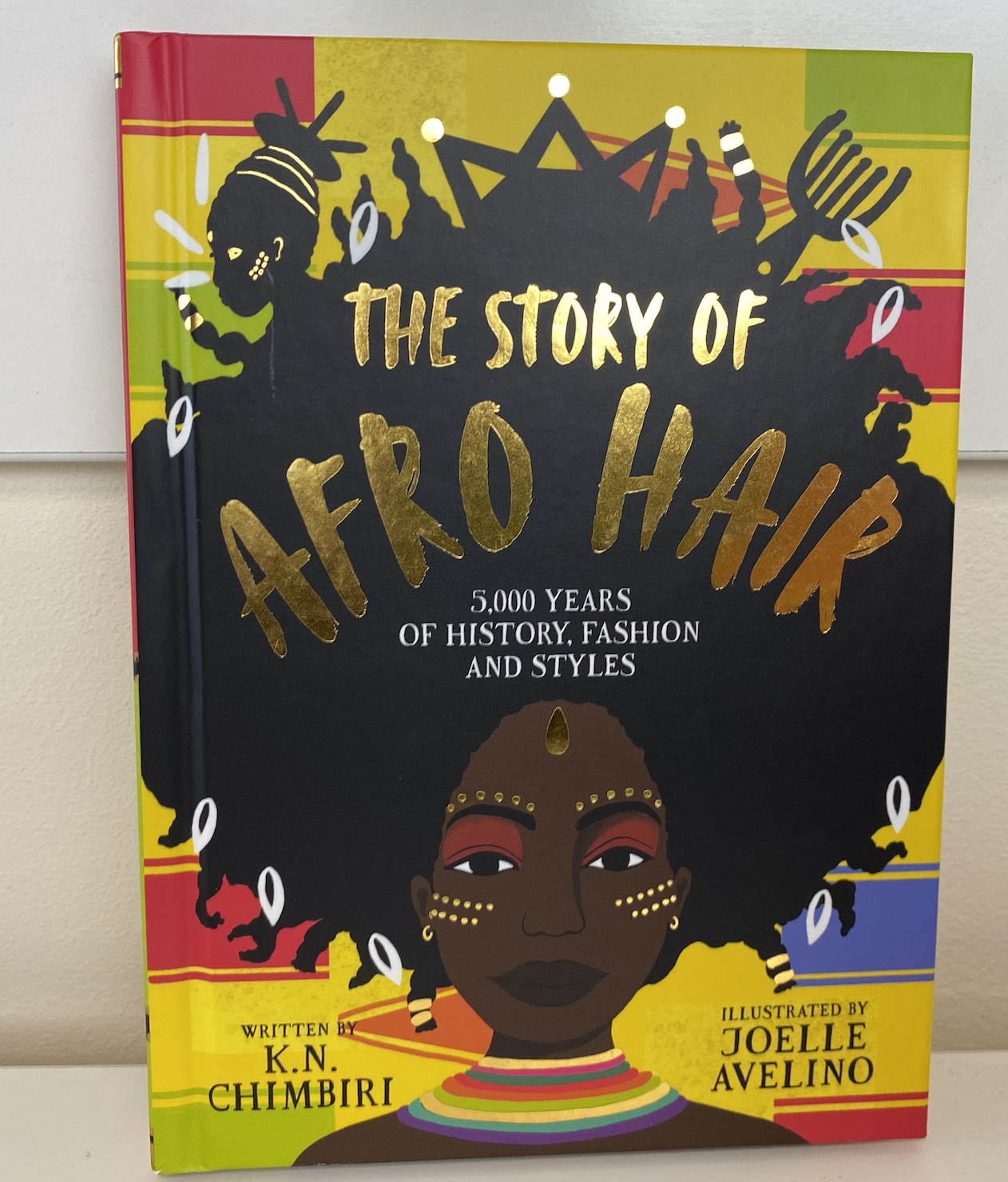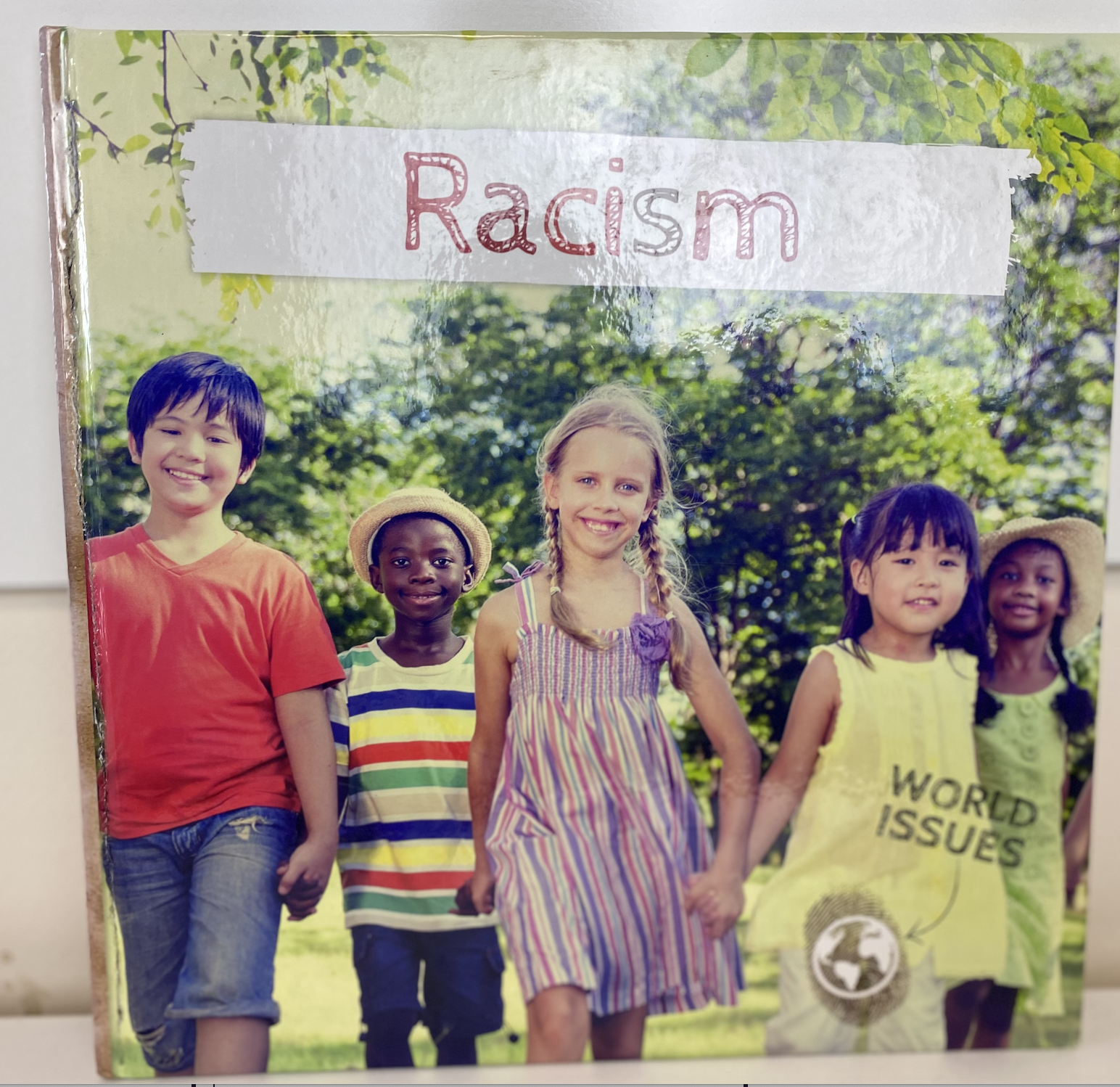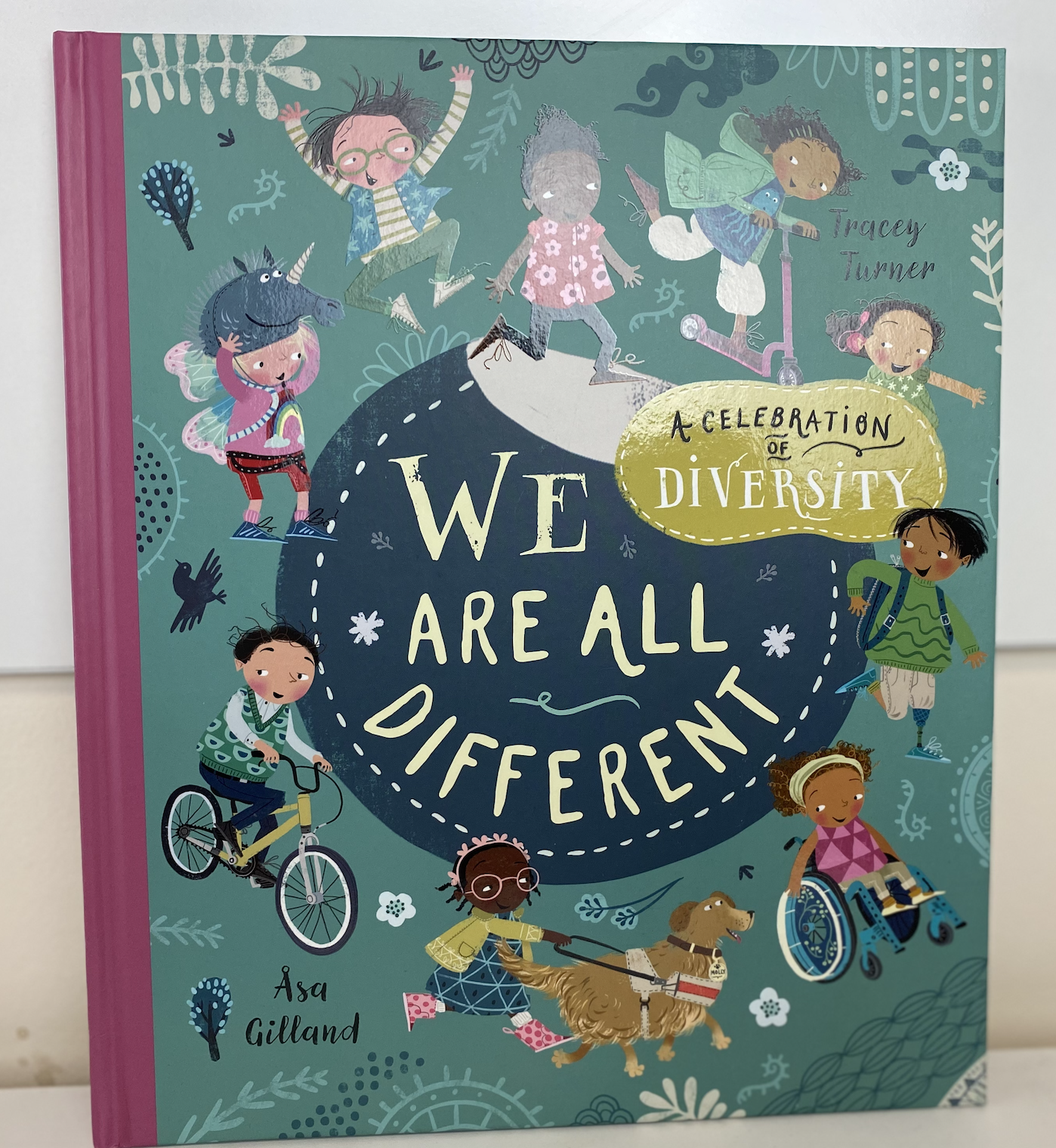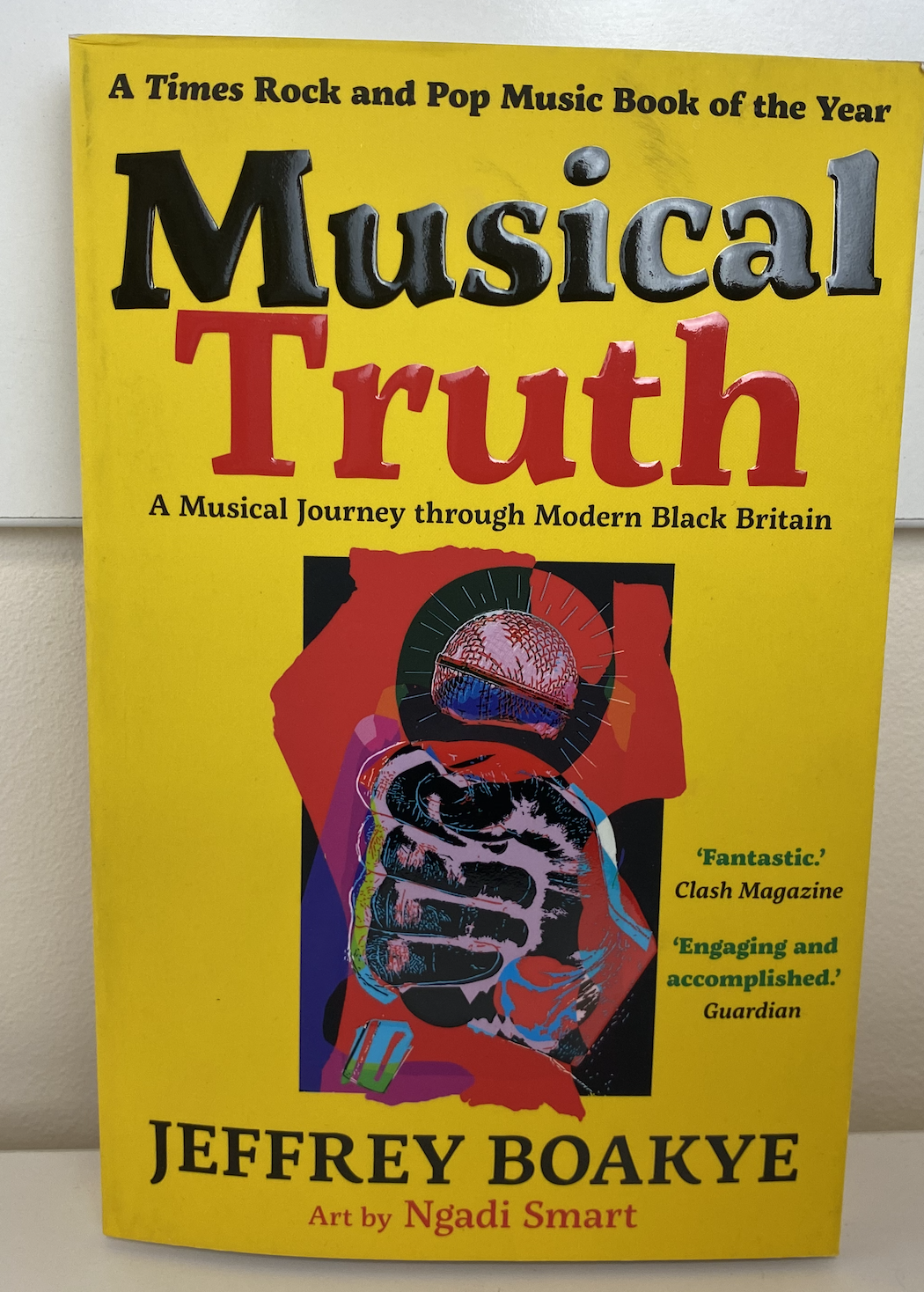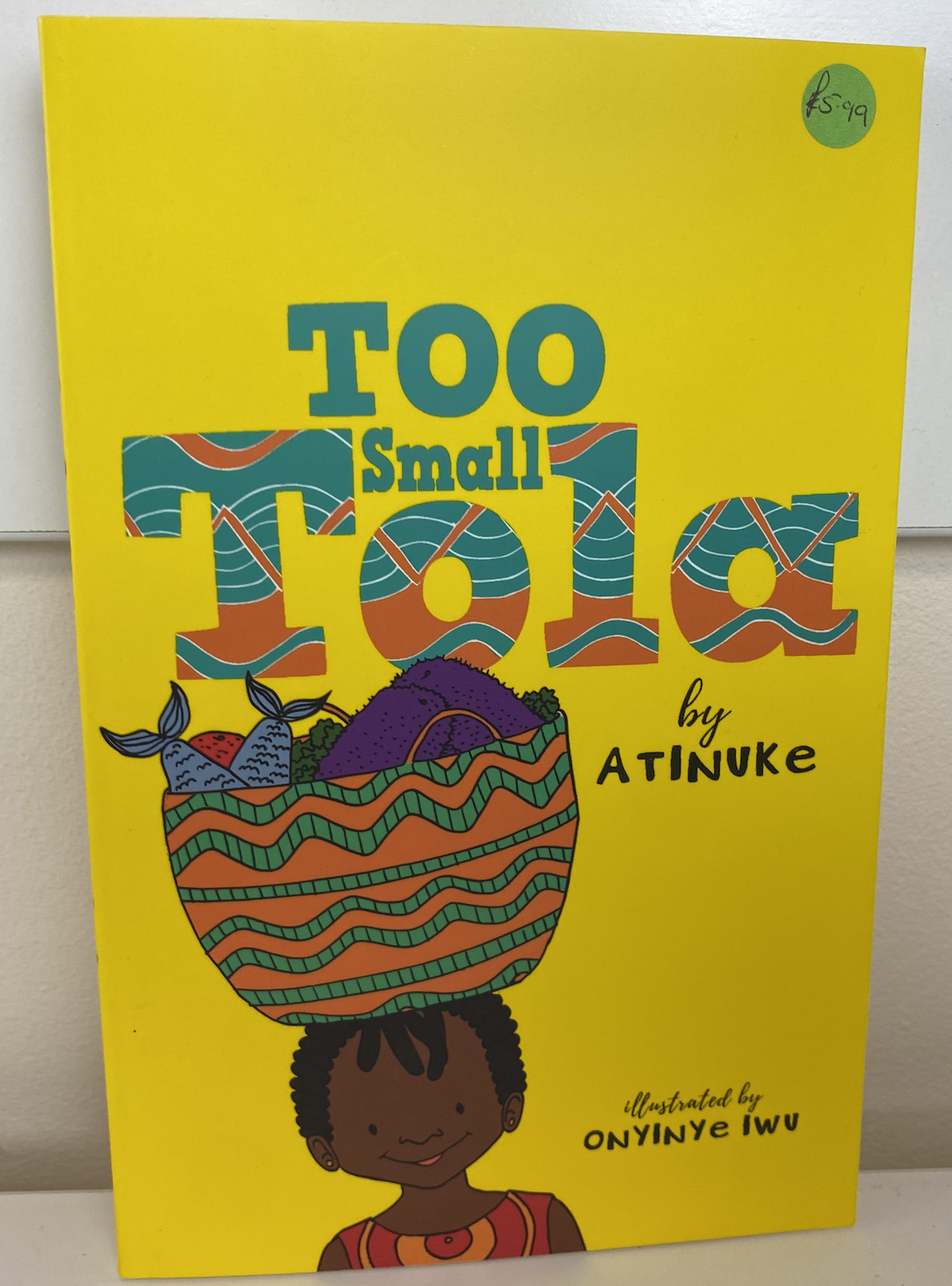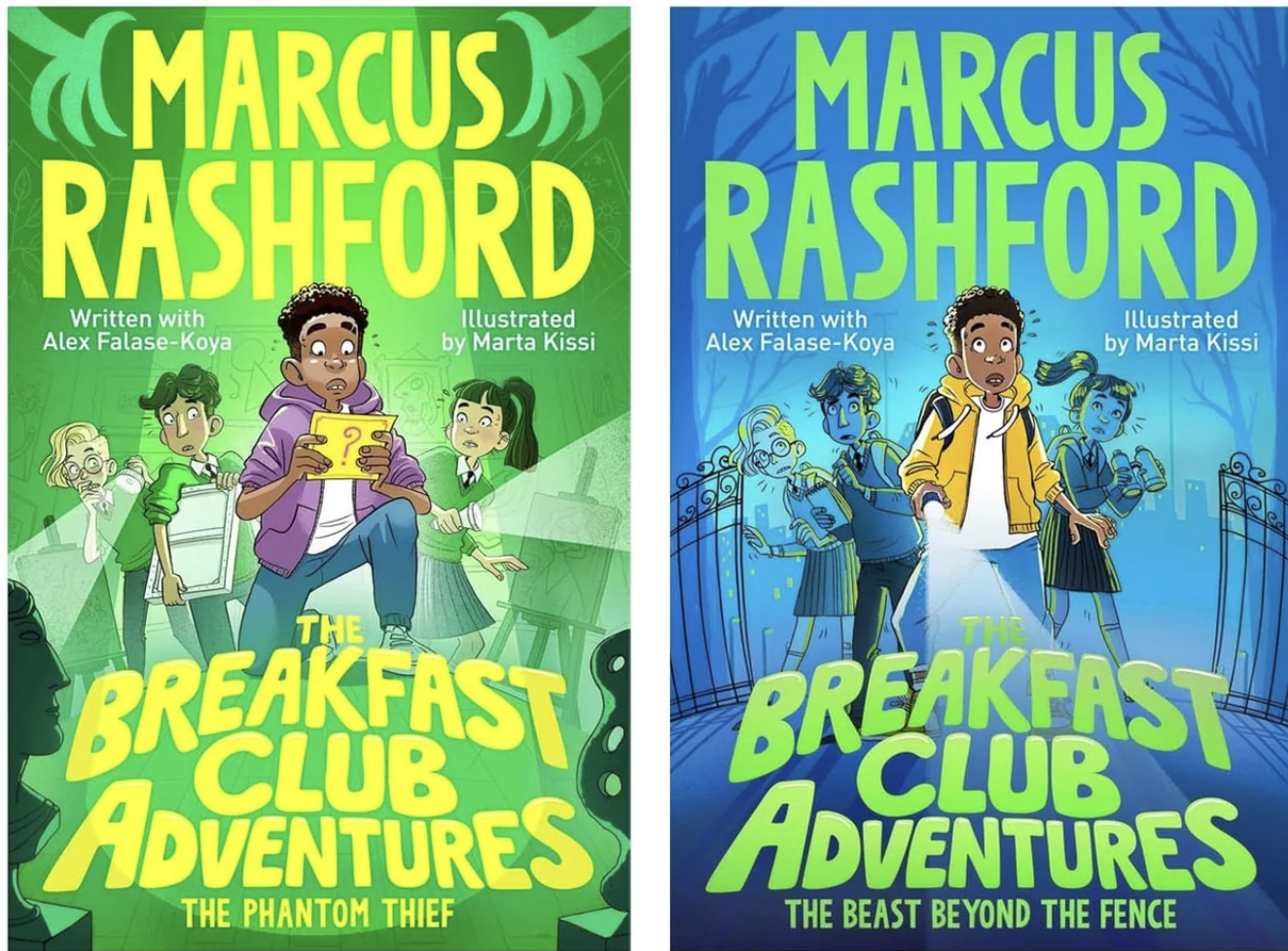Tackling Racism
Recommended Texts for families to explore | available in our school library
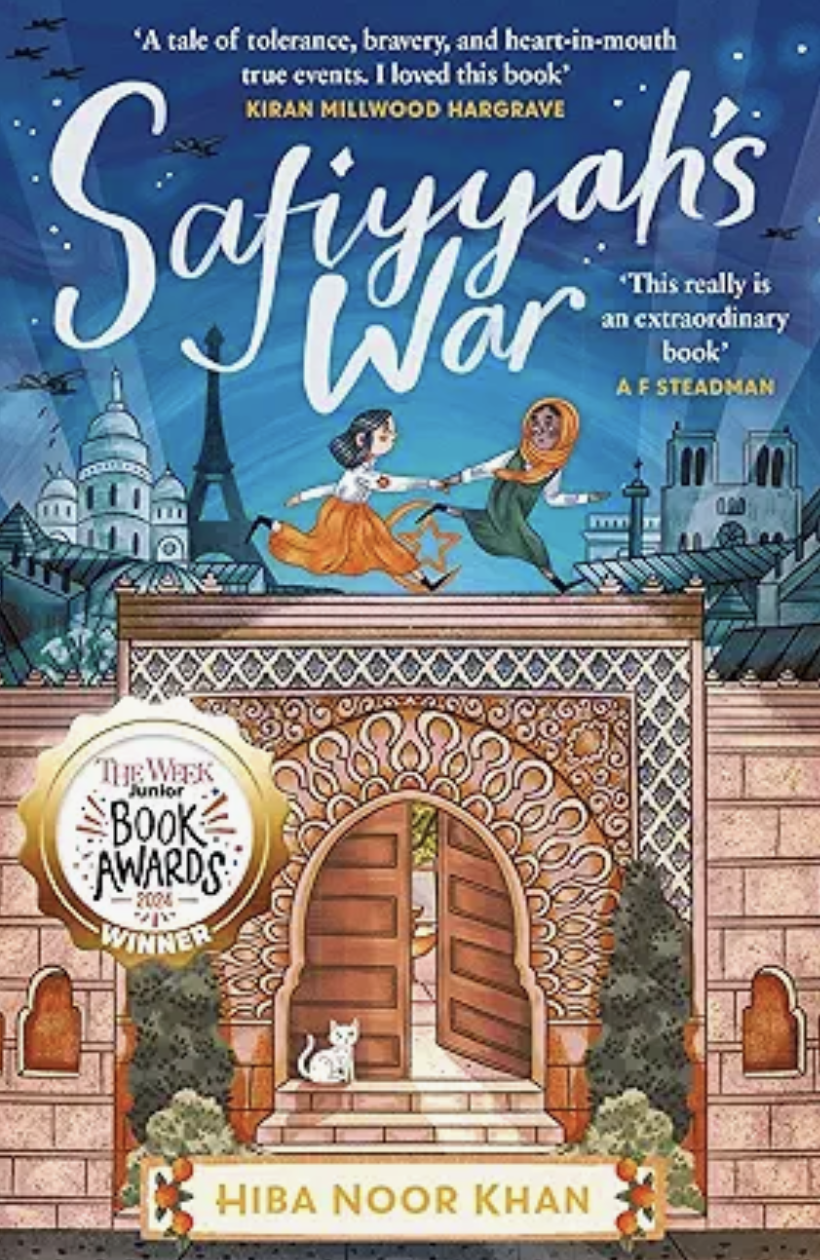
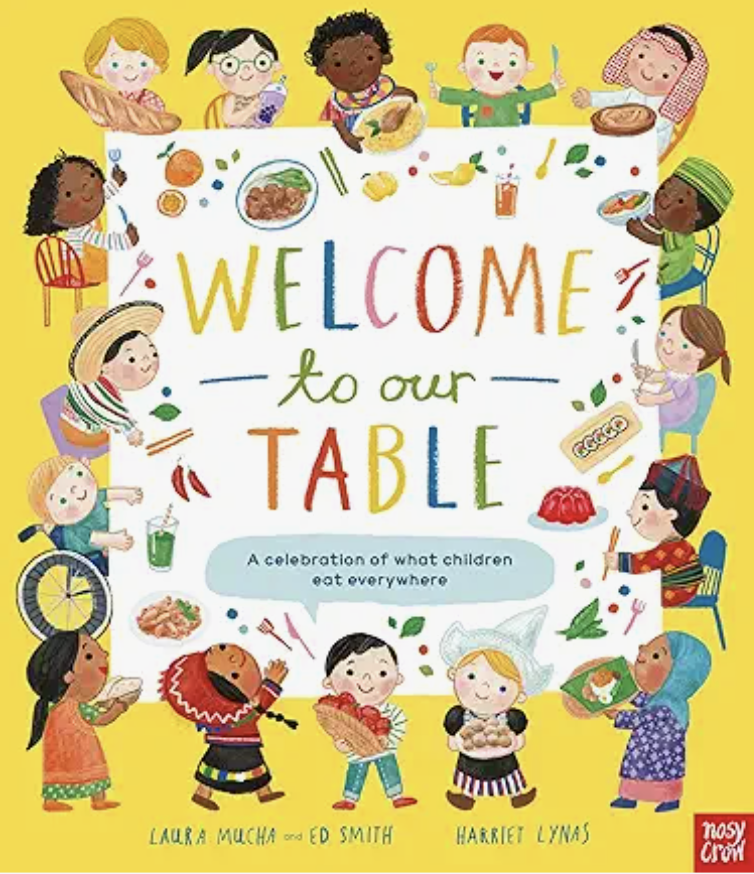
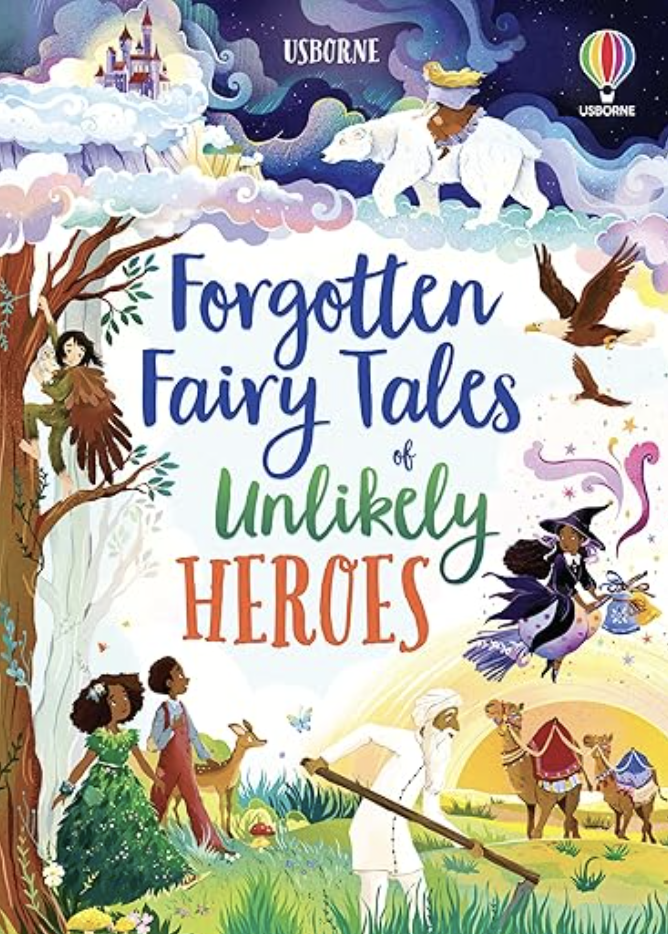
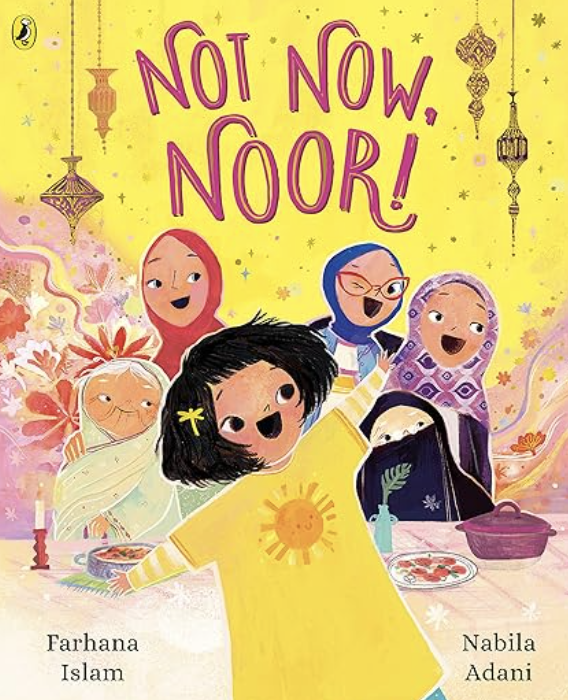
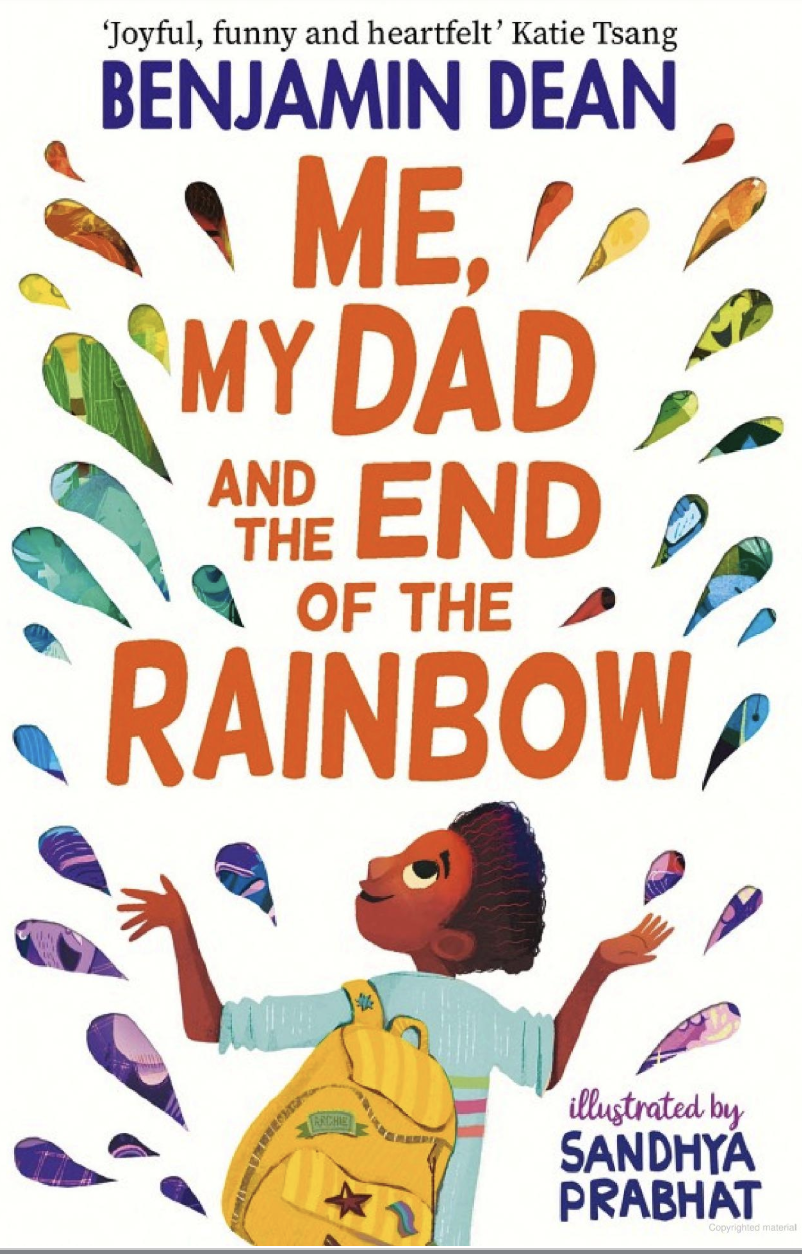
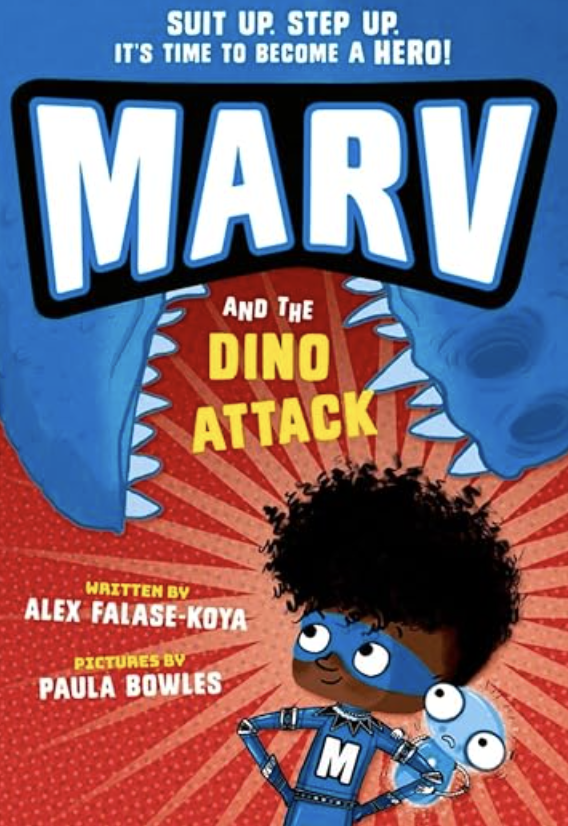
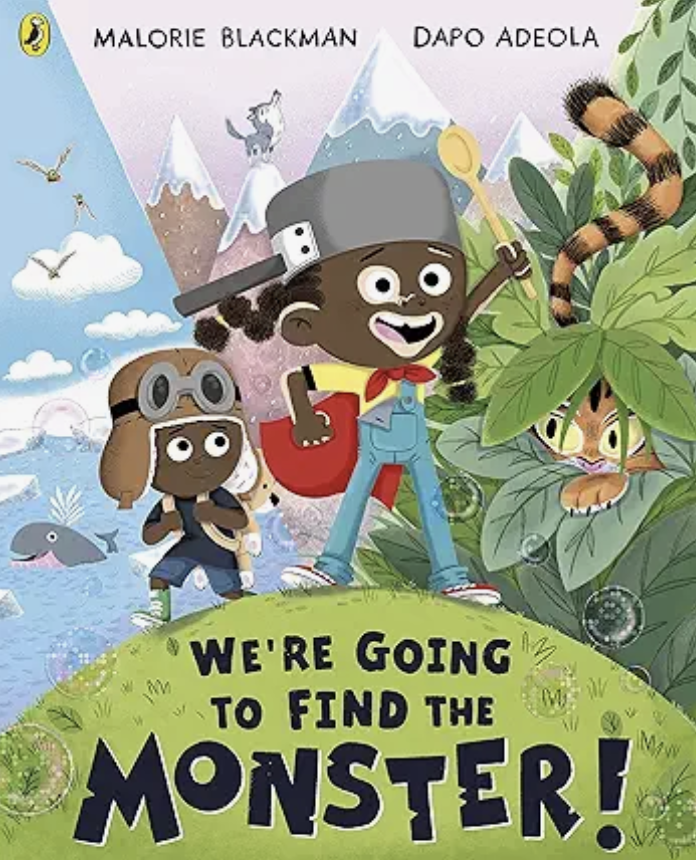
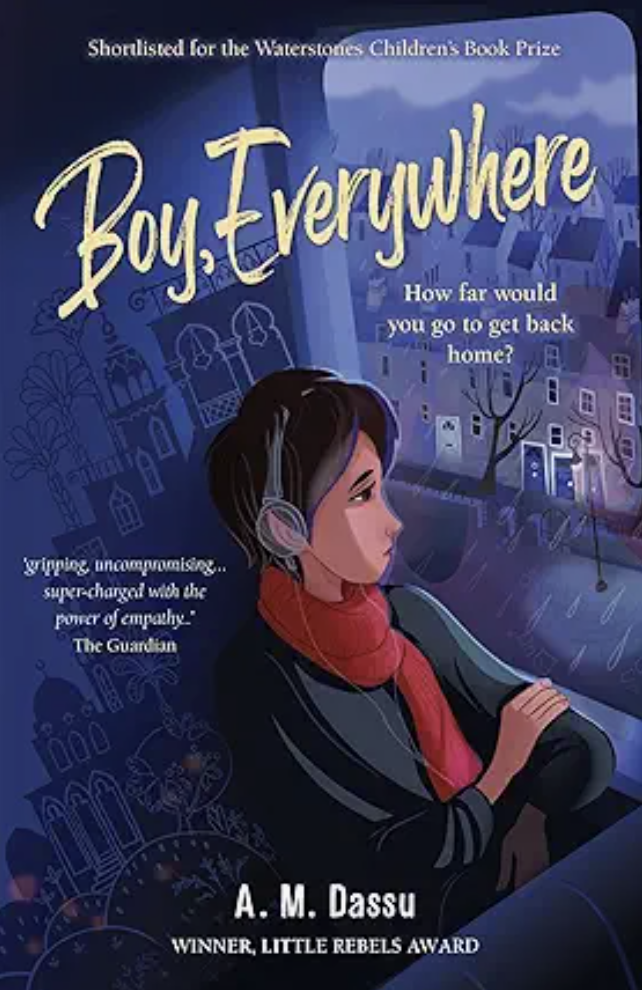
What is race and racism? | Reference: NSPCC
Race can mean a person’s colour, nationality, ethnicity or citizenship. It’s a protected characteristic in law under the Equality Act 20101 in England, Scotland and Wales, and the Race Relations Order 19972 in Northern Ireland. This means it’s illegal to discriminate against someone, or treat them differently, because of their race. It’s important to remember that someone’s ethnicity or national origin may not be the same as their current nationality. For example, someone may have Indian national origins and be living in Britain with a British passport.
Race also includes different ethnic and racial groups. This means a group of people who all share the same protected characteristic of ethnicity or race. General examples of racial groups include White British, Black British, British Asians, British Sikhs, British Jews, Romany Gypsies and Irish Travellers.
Racial discrimination or racism is when someone is treated differently because of their race, ethnicity, nationality or colour. Any type of racism or racial discrimination is abusive and distressing for children and young people who experience or witness it. If someone commits a crime against you because of your race it is considered a hate crime and is against the law. Instances of bullying that are racially motivated but not a crime are considered racist incidents.
Types of racism and racial discrimination
Racism, racial discrimination and racial bullying can take many forms and children and young people may experience more than one type of racism. For example, a young person experiencing racial bullying in school could also be sent abusive comments online, and face racial discrimination at their workplace. Racism can also happen alongside other forms of discrimination or abuse.
Racism or racial discrimination can include:
Discrimination
This involves treating a child or young person worse than someone else in a similar situation because of their race. It can also include policies in a school, workplace or similar organisation that disadvantage people from a particular racial group.
Harassment
This involves making a child, young person, or adult feel humiliated, offended or degraded. Harassment can be through spoken or written words, offensive emails, comments online or on social media, jokes, physical or facial expressions.
Victimisation
This is when a person is treated badly because they have made a complaint of race related discrimination under the Equality Act 2010. It can also happen when someone is supporting a person who’s complained about racism or racial discrimination.
Overt Racism
This involves making openly racist remarks to a child, young person or adult. It can include racist comments, such as being called racist names or being sent insulting messages or threats. It can also include physical violence or assault, or damaging personal belongings.
Covert Racism
Covert racism involves making comments that devalue or put someone down because of their race. These comments or ‘microagressions’ reflect racial prejudice and can make young people feel like they’re less important because of their race or that they don’t fit in.
Examples include things like saying ‘I don’t see colour’, which may come from a well-intentioned place but it doesn't recognise the diversity which actually does exist. If you claim to not see colour it can mean you're not acknowledging a young person's identity and lived experience.
How racism affects children
Racism and racial abuse or bullying can be really distressing for children and young people. When a child is bullied or treated differently because of their race, it can lead to feelings of isolation, depression, anger or even shame about their race or how they look.
In 2020/21, Childline delivered 285 counselling sessions where racist bullying, racism or being bullied for spiritual, cultural or religious reasons were mentioned. In the same year, there were 36 contacts to the NSPCC helpline from adults with concerns about these issues.
Racism or racial bullying can be overt or openly hostile, such as being called racist names or being sent threats. Or it can be covert or harder to recognise, involving subtle comments that put a child or young person down and devalue their experience or identity. Both types of racism are equally distressing for children and young people and can have a significant impact on their mental health.
Covert racism can affect young people’s self-esteem and support the idea that’s it’s okay to challenge a person’s experience. This type of racism is subtle and can make it seem like it’s okay to dismiss racial prejudice or discrimination with comments like, ’it’s in your head’, or telling someone they’re ‘playing the race card’. These comments can be very subtle but they are no less abusive, painful and humiliating for children and young people.
How to talk to children about racism
Children and young people will have seen images and stories in the news around Black Lives Matter. They may also have heard or taken part in recent conversations around racism since the murder of George Floyd and many others in the US. However, some children may not fully understand what’s happening and may have questions. It’s important to encourage positive and open conversations about race and racism with children and young people. And to have them often, not just when Black Lives Matter is covered in the news, to keep the conversation going. We have advice to help.
Learn about race, racism and privilege
Sometimes we feel uncomfortable talking about things we don’t know much about. If a child asks you a question which you don’t know the answer to, it’s okay to suggest that you learn together. The following resources can also be a great way to improve your understanding of race and racism:
Anti-Racism
Learning about race, racism and privilege can lead people to consider what else they can do to combat discrimination. Sometimes, the next step can involve committing yourself to becoming actively anti-racist but it’s not always clear what that means. But when people talk about being anti-racist, it includes:
- listening to people with lived experience of racism and accepting it as truth
- calling out racism and discrimination wherever you see it and using your own privilege to draw attention to it
- continuing to learn about inequality and how it affects others
- regularly assessing your own thoughts about racism and discrimination
- passing on what you learn to those around you, including family, friends and colleagues.
Have open and regular conversations
While many parents or carers may feel afraid of saying the wrong thing, having an open conversation will help children learn about how racism still exists, and to recognise how it affects them or people they know. Talking openly can also help a child to feel more comfortable sharing how they’re feeling with you, and to confide in you if they’ve experienced or seen racism or racial abuse.
NSPCC have support and advice for starting these conversations via our Talking about difficult topics page.
Useful scripts for guiding family conversations | Script for Parents & Carers
How to respond when your child experiences or witnesses a racist comment
Opening: staying calm, staying connected
“I can see that really upset you. Thank you for telling me. You did the right thing by speaking up.”
Step 1 – Listen, don’t rush to fix
-
Let your child explain what happened in their own words.
-
Avoid interrupting or analysing — start with empathy:
“That must have made you feel really hurt / confused / angry.”
Step 2 – Affirm what’s right and wrong
“No one should ever comment on someone’s skin colour or background in a hurtful way. That isn’t OK, and it’s never your fault.”
Step 3 – Reassure and plan
“We’ll let your teacher know so they can help. I’ll also check that the school is aware and that support is in place.”
Step 4 – Support reflection and empathy at home
If your child said something hurtful:
“Words can hurt even when we don’t mean them to. Let’s think together about what you could say next time.”
Step 5 – Keep the conversation open
“You can always tell me if something like this happens again — I’ll listen and help.”
Parent resources to explore (link from Mayflower site):
Script for Restorative Conversations Between Pupils
Purpose: to restore relationships, build empathy, and promote belonging.
Facilitator: Class teacher / Inclusion Lead.
Step-by-Step Conversation Guide
1. Opening (Ground rules)
“We’re meeting so that we can listen to each other, understand what happened, and decide how to make things right. Everyone will have a chance to speak and be listened to.”
2. Invite the pupil who was harmed to speak
“Can you tell us what happened and how it made you feel?”
Teacher prompts: What did you think when you heard that comment? What did you need in that moment?
3. Invite the pupil who caused harm to listen and reflect
“What did you hear [Name] say? How do you think they felt?”
4. Explore intention vs. impact
“Sometimes we say things without thinking about how they land. What have you learned from hearing how it made [Name] feel?”
5. Repair and rebuild
“What can you do to make this better?”
“What might help everyone feel safe and respected going forward?”
6. Agreement & follow-up
Both pupils agree to:
-
Use respectful language
-
Tell an adult if something unkind is said again
-
Share one thing they value about each other
Pupil Script | What to Do If Someone Says or Does Something Racist to You
Title: Your Voice Matters – What to Do if Someone Says or Does Something Racist
Recognise what happened
“Something happened that didn’t feel right".
It was about my skin colour, my culture, or where I’m from — and it made me feel upset, angry, or different in a bad way.”
You might say:
-
“That comment hurt my feelings.”
-
“Please don’t say that about my skin / my family / my culture.”
-
“That’s not kind — it’s not OK to say things like that.”
Record | Tell and record what happened
“I’m going to tell an adult I trust straight away.”
Who can I tell?
-
My class teacher
-
A teaching assistant in my classroom
-
The Headteacher / Deputy Head / Inclusion Lead
-
A playtime supervisor if it happened outside
*Pupils are encouraged to identify and note down who their 'Safe Person' in school is (see personal Keep Safe Booklets which are kept in book bags / toolkits).
If you’re not ready to speak yet, you can:
-
Write it down and hand it to your teacher.
-
Ask a friend to help you tell an adult.
When:
As soon as you can — the same day if possible.
Don’t wait or worry that it might get worse by speaking up. You are helping the school keep everyone safe.
Report | Share and connect
“I’m going to explain what happened so someone can help me.”
You could say:
-
“Someone said something racist to me.”
-
“It was about my skin / my culture / my family / where I’m from.”
-
“It made me feel… [sad / angry / worried / different].”
The adult will listen, might take notes, and tell another adult (like the Phase Lead, Safeguarding Officer or Headteacher) so that the school can help you.
Review | Understand and heal
“The adults will talk with the other pupil, help them understand what they did wrong, and check that I’m OK.”
You might have a short conversation later with a teacher to talk about how you’re feeling and what would make you feel safe again.
If you want, you can ask:
-
“Can I talk about what happened with [name of identified safe person - see Keep Safe Booklets in bookbags / toolkits]?”
-
“Can I help the school make posters, podcasts, surveys, conversations or lessons about respect?”
Respond | Be proud and keep using your voice
“Speaking up was the right thing to do. I helped make school fairer and kinder.”
Remember:
-
Racism is never your fault.
-
Telling someone helps stop it from happening again.
-
You have a right to feel safe and respected — always.
Short version to help guide pupils
If someone says something racist:
1️⃣ Say “That’s not OK.”
2️⃣ Tell a trusted adult straight away.
3️⃣ The school will help, listen, and make sure you’re safe.
4️⃣ You did the right thing — your voice matters.
Script for Staff Update | Recognising and Responding to Racially Harmful Language
1. Recognise (LOOK)
-
Any comment about skin colour, ethnicity, culture, or background that causes discomfort or offence must be treated as racially harmful.
-
Do not rely on intent (“They didn’t mean it”) — focus on impact.
2. Record (LOG)
-
Record every incident on CPOMS under Prejudice-based / Racially Harmful Language.
-
Include pupil voice, emotional impact, and immediate actions taken.
3. Report (LINK)
-
Inform DSL / Headteacher the same day.
-
Ensure parents are informed with sensitivity — both families.
4. Review (LEARN)
-
Reflect as a team: What led to this? What language or social factors were involved?
-
Plan PSHE or circle-time follow-up.
5. Respond (LEAD)
-
Facilitate restorative conversation within 48 hours.
-
Provide learning for all pupils on kindness, respect, and belonging.
-
Log pastoral follow-up and update leadership summary at next safeguarding review.
Conversation Starters for Home or Classroom
Theme 1: Identity & Pride
-
What makes you proud of who you are?
-
How do we show respect for someone’s background or culture?
Theme 2: Understanding Difference
-
Why do people have different skin colours or traditions?
-
How would you feel if someone made fun of something important to you?
Theme 3: Allyship & Fairness
-
What can you do if you hear someone being unkind about another person’s race or culture?
-
How can words help or hurt others?
Theme 4: Belonging & Equality
-
What does belonging mean to you?
-
How can we make everyone in our school feel that they belong?
(You can pair these with books like “Skin Again” by Bell Hooks or “The Same But Different Too” by Karl Newson.)
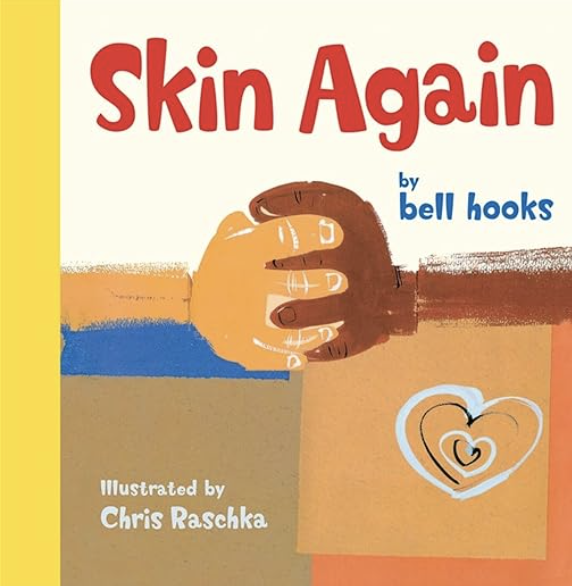
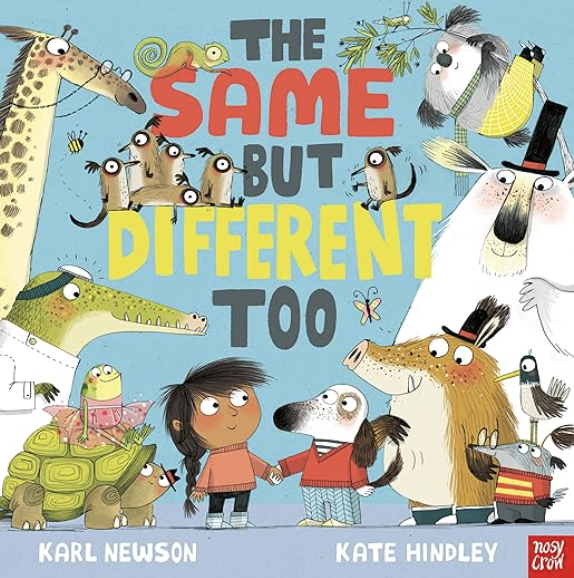
Report a hate crime
Being bullied or treated differently because of race is hate crime and against the law. If you’re worried about a child experiencing racial abuse or bullying it’s important to get help right away. You or the young person can report it to the police by calling 999 in an emergency or 101 at other times. You can also report hate crime online via the government website.
Childline: support for young people
- Racism and racial bullying - advice on what racism is and how to get support
- Discrimination, hate crime and equality - support to help young people recognise and get support if they're experiencing discrimination
- How you look - support around body image and developing confidence with how you look
- Understand me - a campaign challenging racial sterotypes and discrimination
- Get support - contact Childlline counsellors, online or over the phone.
- Bullying and discrimination message boards - a safe space where children can get support from other young people.

